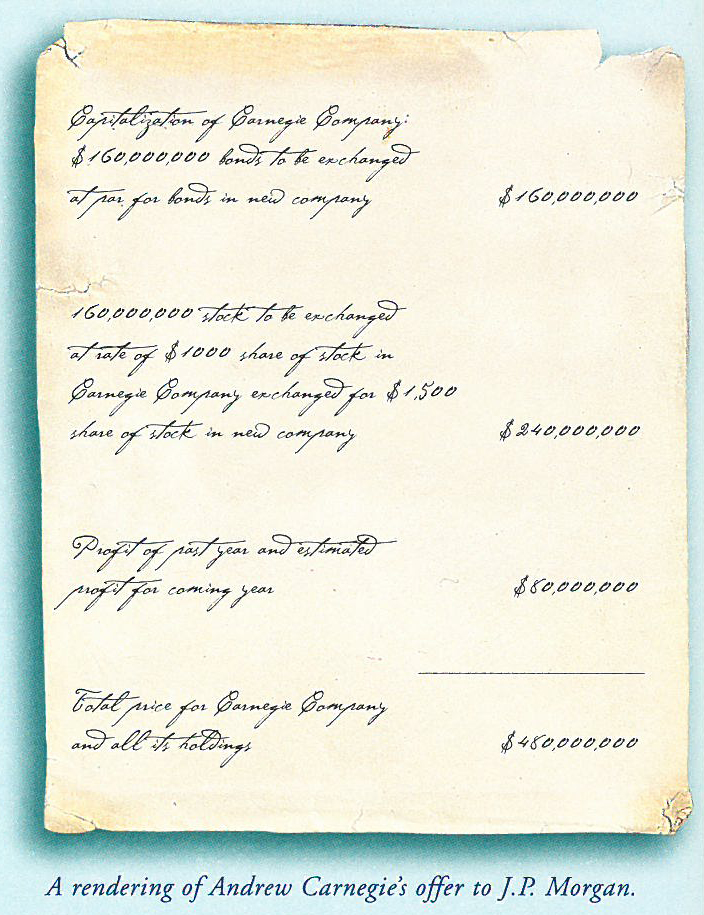Considering all of the philanthropic organizations in the United States, you may be wondering: which essay did Andrew Carnegie write? This article covers a few of the major themes from the work, including the Gospel of Wealth, the dangers of wealthy entrepreneurs, the role of competition, and the importance of philanthropy. Learn more about the essays below and decide for yourself which one speaks to you the most.
The Gospel of Wealth
In 1889, Andrew Carnegie published a piece in the opinion magazine North American Review called “Wealth” or “The Gospel of Wealth.” While many of today’s wealthy people may have been shocked by this statement, the truth is that most of us do not have enough wealth to satisfy our basic needs. Carnegie’s message is simple: wealth is only attainable if you are willing to work for it. It’s time we listened to this message.
The dangers of wealthy entrepreneurs
While the advantages of entrepreneurship are many, it is also dangerous for aspiring business owners. A lack of capital and a business plan can result in disaster. This is particularly true for Black entrepreneurs. Many black entrepreneurs fail in their first attempts. Those who succeed, however, may be better off in the long run. In this article, we will discuss the dangers of being a wealthy entrepreneur and provide solutions to these problems.
The importance of competition
The law of competition is one of the most important principles in our society, and it has many benefits for both individuals and companies. Having a competitive marketplace guarantees that someone will come out on top. This law of competition is a crucial part of any society, and it has helped us achieve so many things. Competition is a positive force, and it makes us work harder than we ever thought possible, which contributes to the general well-being of society.
Andrew Carnegie’s views on philanthropy
Andrew Carnegie’s views on philantropy were based on his belief that a man’s wealth should be used to improve society. He believed that this would be beneficial for the entire society, not just the few individuals who benefitted the most. But how could such generosity be accomplished? How would a person decide to use his money? The answer lies in his views on philanthropy, which Carnegie shared in his articles and books.
Andrew Carnegie’s family
Born in Dunfermline, Scotland, Andrew Carnegie’s family immigrated to the United States in 1848. He began his work as a telegraph messenger in Allegheny, Pennsylvania. In 1851, he moved to the Pennsylvania Railroad and became a telegraph operator. The Pennsylvania Railroad then hired him to help manage an oil derrick. In 1855, Carnegie was named superintendent of the Pennsylvania Railroad.
His business interests
The number of business interests Andrew Carnegie developed is remarkable. He was a brilliant investor who leveraged his connections to buy T.T. Woodruff & Company, a company that produced sleeping cars for railroads. Soon after, Carnegie bought the company and introduced the first successful sleeping car on U.S. railroads. By the time he was 30 years old, he had amassed a diverse portfolio of businesses, including a coal company, iron and oil company, and railroad sleeping car manufacturer.

